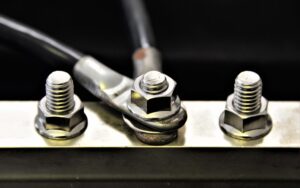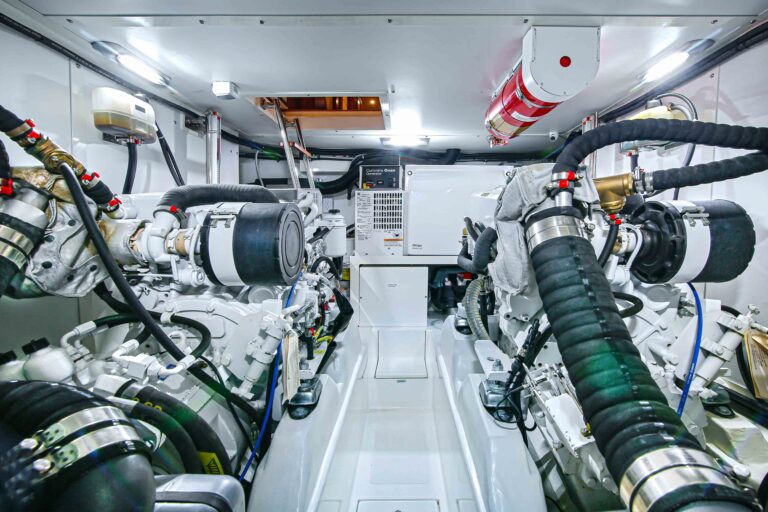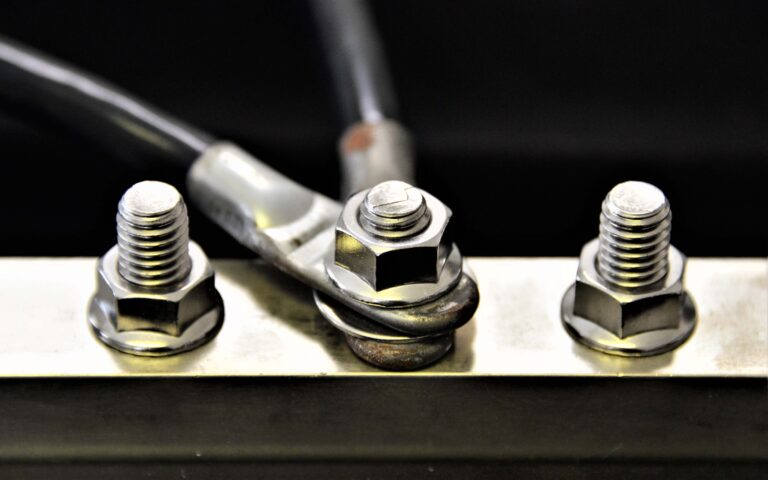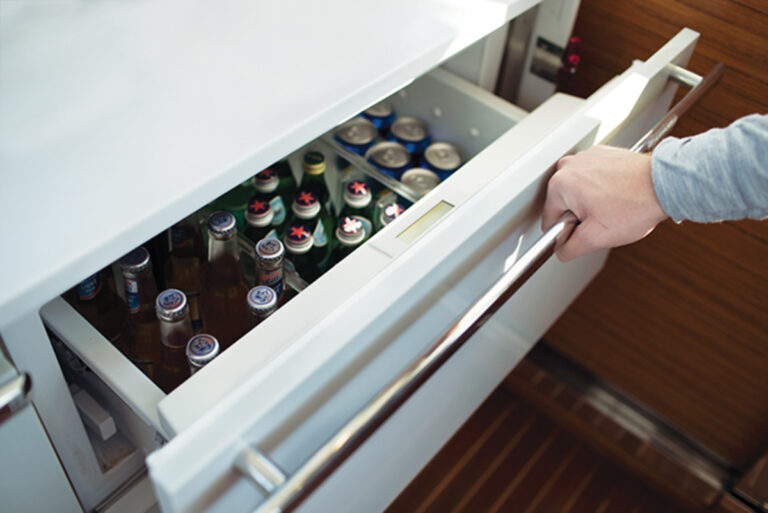
The general rule when anchoring is that with chain, the length of the rode (its scope) should be five times the distance from the bow of the boat to the seabed at the highest anticipated tide level. With nylon, the ratio is 7:1. In extreme conditions, these ratios may be increased to 7:1 and 10:1, respectively. In calm conditions they can be reduced, especially if lying to an all-chain rode in relatively deep water.
There are two key pieces of information here that are commonly ignored: the height above the water of the bow, and the effect of the tide.
Let’s assume that the depthsounder is reading the actual depth and not the depth under the keel. We have 15 feet of water. The bow is 6 feet above the water. We are at mid-tide in an area with a 10-foot tide. If using an all-chain rode, in normal circumstances we need to let out 5 × (15 + 6 + 5) = 130 feet of chain; with a nylon rode, this increases to 182 feet.
Rodes need marking in some fashion so you can tell, both in the daylight and at night, how much is being let out. However, too many markers can be confusing. Every 25 feet is adequate. With chain, we use colored wire ties. These break off in time, but are easy to replace. What is needed is some easy-to-remember scheme such as (1) red = 25 feet; (2) red = 50 feet; (3) red = 75 feet; (1) white = 100 feet; and so on.
Changing the color periodically is useful. If you lose track of what is going on, or a couple of ties are missing, the color change will put you back in the ballpark. A variety of markers are available for rope rodes.
For more DIY tips, visit passagemaker.com/tips











